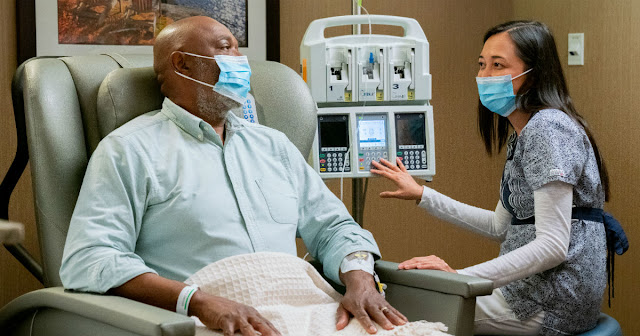Emerging Trends in the Glaucoma Therapeutics Market
Glaucoma is a progressive eye condition characterized by increased intraocular pressure (IOP) that can lead to optic nerve damage and, ultimately, vision loss if left untreated. As a leading cause of irreversible blindness worldwide, glaucoma presents a significant public health concern. However, there is reason for optimism on the horizon, as ongoing research and advancements in glaucoma therapeutics are providing new hope for patients.
Current Market
Landscape
The
glaucoma therapeutics market has witnessed substantial growth in recent
years, driven by several key factors:
1. Increasing
Prevalence: The aging global population is contributing to
the rising prevalence of glaucoma. As individuals age, their risk of developing
this condition increases, creating a growing patient pool.
2. Technological
Advancements: Innovative diagnostic tools and treatment
options have improved the management of glaucoma. These include advanced
imaging techniques, such as optical coherence tomography (OCT), which aid in
early detection and monitoring.
3. Pharmaceutical
Innovations: Pharmaceutical companies are actively
developing new medications to lower IOP and protect the optic nerve. These
include traditional eye drops, sustained-release implants, and emerging gene
therapies.
4. Patient
Awareness: Increased awareness campaigns and routine eye
screenings are encouraging early detection and intervention, helping to reduce
the risk of severe vision loss.
5. Surgical
Interventions: Surgical procedures, such as minimally invasive
glaucoma surgery (MIGS), have gained popularity for their efficacy and reduced
risk compared to traditional glaucoma surgeries.
Promising
Therapeutic Approaches
1. Targeted
Medications: Novel pharmaceuticals are being developed to target
specific pathways involved in glaucoma. These drugs aim to not only lower IOP
but also provide neuroprotection to the optic nerve.
2. Gene
Therapies: Emerging gene therapies hold immense potential
for preventing or reversing glaucoma-related damage by addressing the genetic
factors that contribute to the disease.
3. Sustained-Release
Implants: These implants can provide a consistent and
prolonged release of glaucoma medications, reducing the need for frequent eye
drops and improving patient adherence.
4. AI-Powered
Diagnostics: Artificial intelligence is being employed to
enhance the accuracy and efficiency of glaucoma diagnosis and progression
monitoring through image analysis and data interpretation.
Challenges and
Future Outlook
Despite the
promising developments in glaucoma therapeutics, several challenges remain:
1. Cost: Some of
the cutting-edge treatments can be expensive, potentially limiting access for certain
patient populations.
2. Adherence: Patient
compliance with medication regimens remains a concern, particularly when it
comes to eye drops.
3. Early
Detection: Many individuals with glaucoma are unaware of
their condition until it reaches an advanced stage, underscoring the need for
improved screening and awareness.
In conclusion, the
glaucoma therapeutics market is poised for continued growth and innovation.
Advances in targeted medications, gene therapies, and diagnostic tools offer
hope for better outcomes and improved quality of life for glaucoma patients.
However, addressing challenges related to cost, adherence, and early detection
will be crucial in ensuring that these advancements reach those in need.
As research and
development efforts continue to expand, the outlook for glaucoma patients is
increasingly optimistic, offering a brighter future for individuals at risk of
this sight-threatening condition.
Read More….
Batten Disease Treatment Market
Vertebral Compression Fracture Devices Market
Gunshot Injuries Treatment Market




Comments
Post a Comment